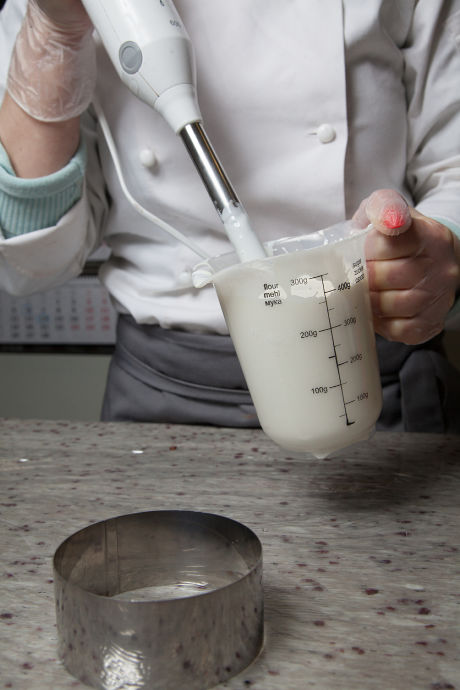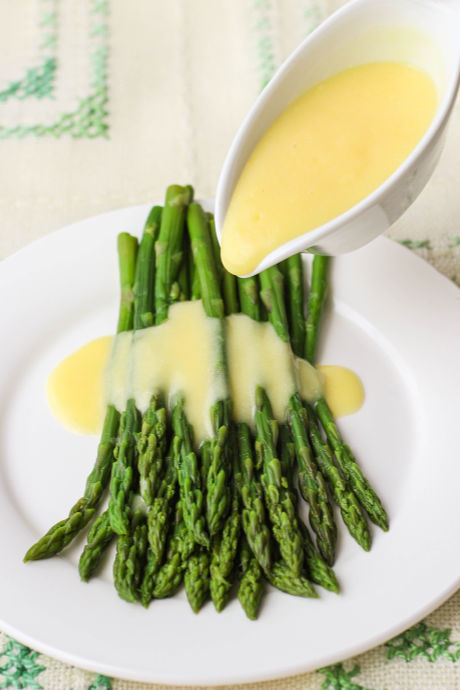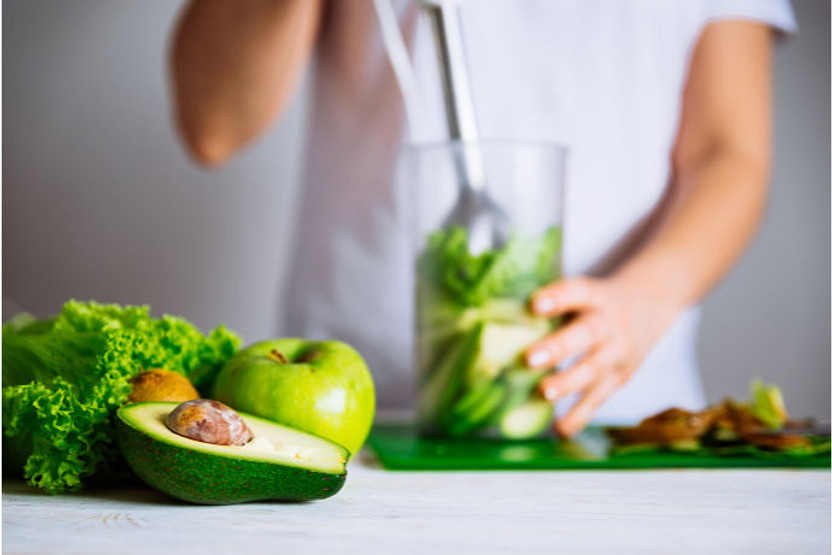Immersion Blenders: The Right Tool for Small Jobs
Posted by Julie on Dec 10th 2018
We love our kitchen appliances that will help us feed an army. From food processors and blenders to multi-cookers and stand mixers, they’re real workhorses. But what if you only want to make a few servings? Do you really need to haul out your full-size blender or mixer? Or are you relegated to whisking the day away?
Enter the immersion blender. This handy tool offers the power of big appliances in a compact package. If you don’t already own one, prepare for what could be a life-changing experience.
What Is an Immersion Blender?
An immersion blender consists of a blade housed inside a protective bell-shaped covering, with a shaft connected to the motor. It’s a blender on a stick. When you power on the immersion blender, the blade rotates — just as the blade in a full-size blender does.
Most immersion blenders offer variable speeds, but they don’t have the same pre-set functions and settings as full-size blenders. This means you’ll need to pay attention to the consistency as you blend, as well as control the movement of the blender to ensure even blending.
Why Use an Immersion Blender?
While an immersion blender isn’t a hands-off appliance, it’s also much more efficient than manually whisking or beating. An immersion blender is also able to handle small quantities better than a full-size blender, mixer, or food processor. Not only is it easier than dragging out a big contraption for a small batch, it’s also the better tool for the job.
An immersion blender can also be a safer option, especially if you are mixing hot foods. One of our favorite uses for an immersion blender is pureeing soup. Transferring hot soup from the pot to a blender (and then back to the pot again) is potentially dangerous and definitely messy. With an immersion blender, the soup never has to leave the pot.
Immersion Blender Tips for Success
As we mentioned above, using an immersion blender properly requires attention. You can’t set it and forget it. Not only should you monitor consistency of your mixture, but you should also take care to keep the blade submerged. If part of the blade is above the mixture, it will start to spatter. This is especially important when you are blending hot liquids, like soup.

Another way to keep your mixture contained is to use a tall, narrow container. Many immersion blenders come with such a container. The Kitchn also suggests blending in a Mason jar, which we think is brilliant.
Finally, you will get a smoother blend if you move your immersion blender around as much as your container will allow. The blades are designed to pull liquid in and propel it back out, but you can move the process along by moving your blender too.
Immersion Blender Safety Tips
Since an immersion blender’s blades are exposed, it is possible to slice your fingers if you aren’t careful. The best way to avoid such an accident is never to touch the blade unless the blender is unplugged. Many immersion blenders feature safety locks, but it’s still too easy to try to dislodge a chunk of food mid-blend and inadvertently hit the power button. Unplug it to be safe.
We’re also going to err on the side of caution and recommend against using your immersion blender for crushing ice. While doing so isn’t a danger to you, it could be harmful to your blender. Hard foods like ice and frozen fruit can dull the blade and may even crack the plastic housing around the blender shaft.
5 Ways to Use Your Immersion Blender
1. Soup: Every source we read, from The Kitchn to the Nest praised the immersion blender as the perfect match for soup. Much safer than moving soup from the stockpot to the blender and back again.
2. Sauces: Whether you’re making pesto or Hollandaise or tomato sauce, an immersion blender is quick and efficient. In fact, you can blend those whole tomatoes into smooth puree right in the can.

3. Salsa and Guacamole: This is where it pays to monitor consistency and move your immersion blender around the container. Pulse a few times for chunky salsa or guac, or let it whir for smoother results.
4. Eggs: Before scrambling them or adding them to other ingredients, use an immersion blender to thoroughly mix the yolks and whites of your eggs. A fork or a whisk won’t do nearly as good of a job.
5. Salad Dressing: While you can shake it up in a Mason jar, an immersion blender will do a better job of emulsifying your salad dressing. Stop buying bottles, and start blending your own.
Check out our selection of immersion blenders and accessories
 Free shipping over $49
Free shipping over $49










